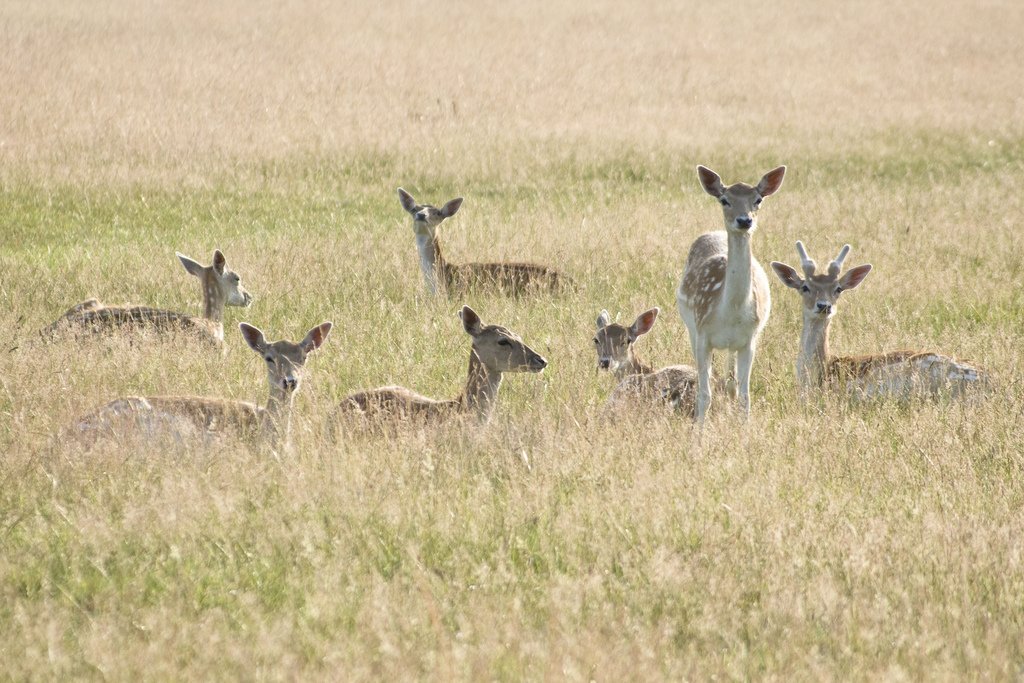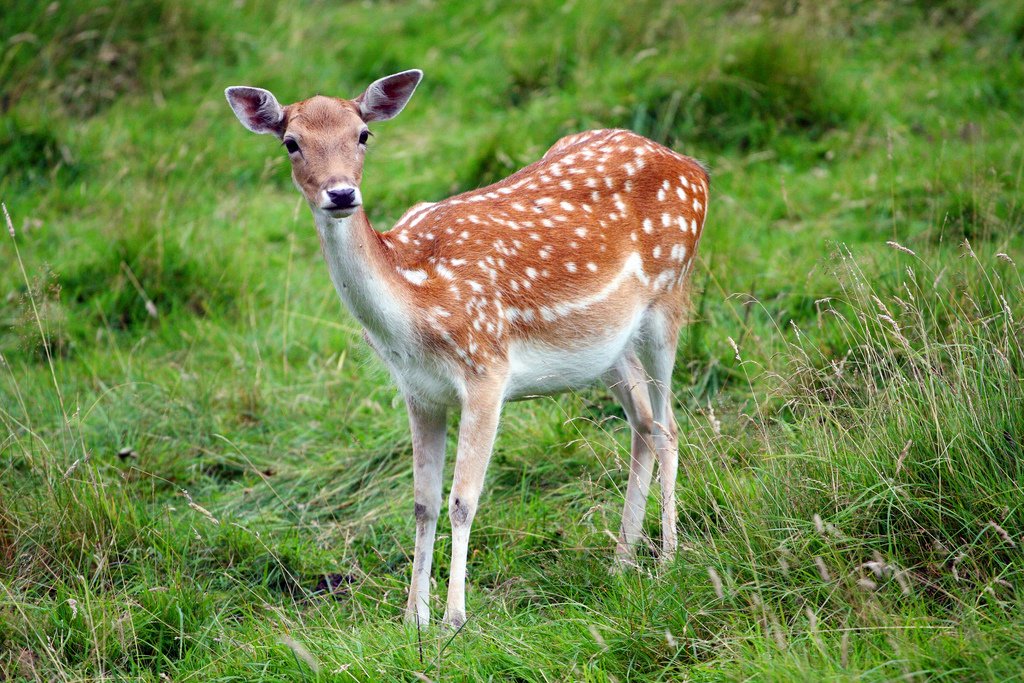In 1949, a restaurant opened in rural New Jersey that proclaimed “We Feed the Deer and the People, Too!” The Walpack Inn was a destination for locals and New York City residents alike, all of whom flocked to the remote eatery to catch a glimpse of the wildlife in its natural habitat.
Since 1900, the deer population has exploded from 500,000 nationwide to over 15 million. In rural and suburban areas alike, it isn’t unusual to see deer sprinting across the road, or to see the telltale chew marks from a doe spoiling gardens. Deer are no longer a spectacle, but are instead a danger – to people, to the natural habitat, and themselves as a species. And without proper management, they could irrevocably reshape our landscape forever.
Earlier this month, Time Magazine devoted their cover to the white-tailed deer, crediting the species as the source of “America’s Pest Problem.” Their blossoming population has resulted in overabundance. As a result, there are too many deer than there are food sources. Forests transform into open, cropped landscapes as the species derive every nutrient that they can. Tree seedlings are consumed, preventing forests to regenerate and blocking the creation of forestland for future generations.
Without this vital habitat, other plant and animal species cease to survive. Many wildflower species, like the Canada Mayflower, run the risk of extinction due to over-grazing. This park-like landscape also prevents bird species from thriving. With the absence of trees or thick underbrush, they are forced to create nests in open spaces, exposing their eggs and chicks to predators.
Beyond impacting forest habitats and garden aesthetics, blossoming deer populations gravely affect humans. A recent study through the Connecticut Agricultural Experiment Station explored the impact that deer populations have on the currency of vehicular collisions. The problem is a prevalent one: In 2000, 1 million of the 6.1 million motor accidents reports in the USA were deer-vehicle collisions (DVCs). The study found that a herd reduction of 54% resulted in a 49% reduction of DVCs.
Every year, deer damages account for $2 billion nationwide. $1 billion is related to vehicle accidents, while the remaining amount comes from injury to agricultural, timber, and residential niches. And as the population continues to increase, deer are without space to roam and food to eat, making them vulnerable to malnourishment, disease, and undesirable interactions with humans. Deer are becoming a danger to themselves.
The problem is complex. Many areas have implemented hunting measures, while other management specialists have suggested spaying and neutering. There is no direct solution, only dynamic possibilities. But continuing to look for viable resolutions, we can forge a healthier, more sustainable future for our environment and all of its species – deer included.



